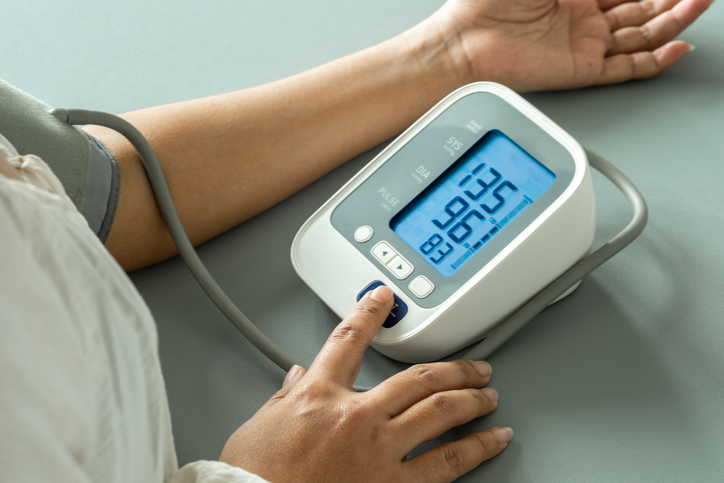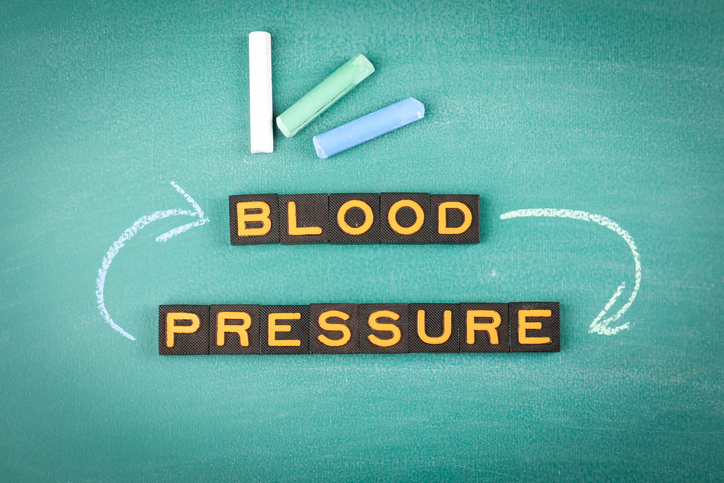
Older adults who are diagnosed with systemic arterial hypertension (SAH) can alleviate impairments in lung function and mechanics by maintaining a physically active lifestyle, according to a first-of-its-kind study published in Advances in Respiratory Medicine.
The study, conducted by a team of researchers from Brazil, built upon the known negative impact of a sedentary lifestyle on lung function, specifically in older individuals with hypertension. For these patients, a sedentary lifestyle can lead to a reduction in lung capacity, respiratory efficiency, and increased risk for illnesses like COPD and pneumonia.
The investigators sought to uncover whether a physically active lifestyle could improve respiratory capacity, mechanical efficiency of the lungs, and patient quality of life. To achieve this, the researchers compared data between groups of active and sedentary older adults who were diagnosed with SAH.
In the observational, cross-sectional study, 731 adults from the Older Adults Living Center in São Paulo, Brazil were evaluated. The inclusion criteria were an age ≥60 years, absence of respiratory disease, diagnosis of hypertension and controlled hypertension, no smoking, and absence of chronic degenerative, autoimmune, or neurological diseases. Patients were excluded if they were unable to perform certain testing and if they had an infectious disease within 30 days of study initiation.
Participants were split into two initial groups for the primary analysis: older adults with hypertension (HE; n=445) and older adults without hypertension (NHE; n=286). The researchers used the International Physical Activity Questionnaire for the secondary analysis, which divided the HE and NHE groups into four additional cohorts.
The four groups were organized as follows:
- Physically inactive hypertensive (PIH; n=182)
- Active hypertensive (AH; n=110)
- Physically inactive non-hypertensive (PINH; n=104)
- Active non-hypertensive (ANH; n=65)
According to the results, “hypertensive older adults presented reduced lung function compared to non-hypertensive older adults, and physical inactivity accentuated this decline.” In assessing the results, spirometry measured lung function, and oscillometry measured lung mechanics.
For pulmonary mechanics in particular, older adults with hypertension experienced a higher resistance of the respiratory system as a whole (R5 Hz), including the central airways (R20 Hz) and the peripheral airways (R5-20 Hz).
The researchers explained that adopting a physically active lifestyle can help older adults with hypertension mitigate impairments and pulmonary alterations brought on by their diagnosis.
Moreover, they highlighted how the study results underscore an important message for physicians of these patients and cardiologists in general. “Hypertensive patients may exhibit lung dysfunction even in the absence of respiratory symptoms,” the researchers concluded.
Source: Advances in Respiratory Medicine







 © 2025 Mashup Media, LLC, a Formedics Property. All Rights Reserved.
© 2025 Mashup Media, LLC, a Formedics Property. All Rights Reserved.